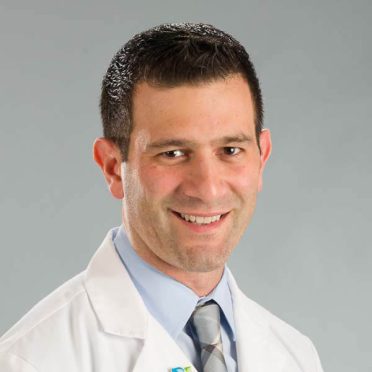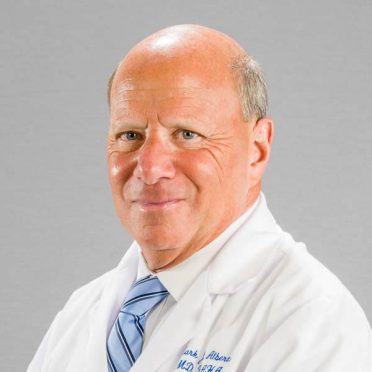Rob Gronkowski, maybe the NFL’s most unpredictable player, did not deny a report he might be considering retirement after New England’s 41-33 loss to the underdog Philadelphia Eagles Feb. 4 in Super Bowl LII.
Gronk being Gronk? Maybe a strategic move, at age 28, to entice a lucrative restructuring of his contract, now loaded with incentives for the injury-prone Patriots tight end. Maybe a moment of melancholy contemplation after a dramatic loss. Or, maybe, an assessment of a career laden with injuries. The latest, the second documented concussion of his career, also might have left Gronkowski considering a career change — from the NFL, say, to the WWE.
An athlete doesn’t have to sustain a concussion to suffer long-term brain damage. A Boston University study published in early 2018 found that repetitive blows to the head — not only those that cause a concussion — can result in chronic traumatic encephalopathy, or CTE, the debilitating disease found in the brain of virtually every deceased NFL player examined by BU researchers. Among the players were Frank Gifford, Ken Stabler, Junior Seau and former Patriots tight end Aaron Hernandez.
“CTE is a gradually progressive-in-onset disease,” said Dr. Mark Alberts, physician-in-chief of the Hartford HealthCare Ayer Neuroscience Center. “Some of the classic signs and symptoms of CTE include confusion, difficulty with memory, depression, personality change, aggressiveness and, in some cases, suicide.”
Gronkowski, who suffered the concussion when hit by Jacksonville Jaguars safety Barry Church while trying to catch a Tom Brady pass in the AFC Championship game, remained in the NFL’s concussion protocol until the week before the Super Bowl. Gronkowski’s injury punctuated an NFL season with 281 reported concussions, including exhibition games and team practices, the highest total in six years. The total reflected a spike in preseason-practice concussions — 45 in 2017, up from 26 in in 2016.
The Sports Health program at the Hartford HealthCare Bone & Joint Institute has a particular interest in concussions to adolescent athletes (through high school). Dr. Subramani Seetharama, a physiatrist and sports medicine specialist who is medical director of both the Sports Health program and its Concussion Clinic, says parents and athletes should not get caught up in the moment. When young people feel any symptoms after receiving a blow to the head, they should take action. Immediately.
“I tell kids, if you have a headache, get off the field,” he says. “Studies show if they continue playing, there is a 40 percent chance they will have a prolonged symptom scale and they’re going to miss school.”
Bill LaBruna, the Sports Health program’s director of athletic training services, says an athlete should be monitored closely by a responsible adult for at least 24 hours after the injury.
“As a reminder,” he says, “an athlete does not have to lose consciousness to sustain a concussion.”
Dr. Seetharama says medical evidence suggests 70 percent of young athletes who leave a game after take a direct hit to the head recover within seven days of the concussion.
“The statistic that’s always thrown out is 85 percent of people recover from concussion in three to seven days,” he says. “It’s that 15 percent that we’re trying to work out.”
Concussion risk extends to other sports. The rate of concussions and “closed head injuries” have increased almost 1,600 percent among young soccer players, according to a study published Sept. 12 in the medical journal Pediatrics that evaluated 25 years of data.
The study, by researchers at Nationwide Children’s Hospital and Ohio State University College of Medicine, evaluated data compiled from 1990 to 2014 that included almost 3 million children between the ages of 7 and 17 whose soccer injuries required emergency department treatment. The overall injury rate in that period increased more than 110 percent per 10,000 soccer players, with the concussion rate at 30 per 10,000 players in 2013 — up from 2 per 10,000 players in 1990. Soccer is second to football in rate of injuries in youth sports, according to analysis of data from 2015-16 by Reporting Information Online, an injury-surveillance system for high school sports.
According to a 2016 study by Fair Health, a not-for-profit that compiles an independent database of healthcare costs, 46 percent of diagnosed concussions involve someone between the age of 15 and 18. Also, concussion diagnoses for people under age 22 increased 500 percent between 2010 and 2014.
If you witness or suspect this type of injury, the athlete should be held out of activity and evaluated by a medical professional.
For more information on the Sports Health program at the Hartford HealthCare Bone & Joint Institute, visit mysportshealth.org.



